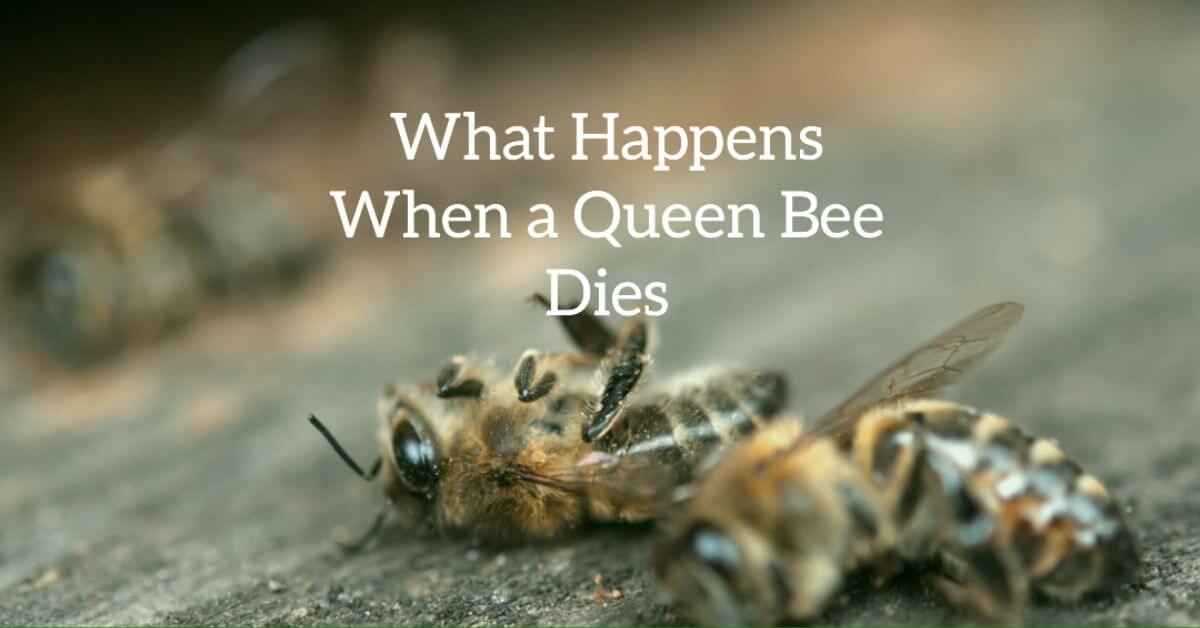In the intricate world of bees, the queen bee plays a pivotal role in the survival and prosperity of the colony what Happens When a Queen Bee Dies. Her significance lies not only in her ability to lay eggs but also in maintaining the social order and cohesion within the hive. When a queen bee dies, the colony undergoes a series of events that can have far-reaching consequences. In this article, we will explore the aftermath of a queen bee’s demise, the potential aggression of the colony towards intruders, the reasons behind regicide, and the process of creating a new queen.
What Happens When a Queen Bee Dies?
The death of a queen bee is a critical event for the colony. The workers, which comprise the majority of the bee population, rely on the queen for her pheromones that regulate their behavior and maintain harmony. Upon the queen’s death, these pheromones dissipate, creating a state of confusion and unrest among the worker bees. Queen bee Manage all responsibilities of hive. all bees depend on queen because they have ability to manage colony and lay eggs without queen bee worker bees do not have ability to lay eggs they can only get nectars from flowers which queen bee change into honey. If queen bee die all bees select a queen bee instead of old queen bee.
Will the Colony Attack You if You Kill a Queen Bee?
The reaction of the colony to the killing of a queen bee largely depends on the circumstances. If the queen is killed accidentally, the colony will not immediately turn aggressive towards the intruder. However, if someone intentionally kills the queen, the colony might perceive the intruder as a threat and respond with defensive aggression. The scent of the crushed queen’s body and the disturbance caused can trigger a defensive response from the worker bees, leading them to attack the intruder to protect the hive.
The Process of Becoming a Queen Bee
The journey to queenhood starts with the selection of a larva. The workers choose a young larva and feed it royal jelly, a highly nutritious secretion that triggers its development into a queen. Royal jelly is rich in proteins and hormones, setting the chosen larva on a unique growth path. Unlike worker bees, the queen’s development is complete, and she emerges as a sexually mature and fully developed bee.
Reasons Why Bees Kill Their Queen:
In certain situations, a colony might resort to regicide, which refers to the act of killing the reigning queen. This behavior is rare but can occur for various reasons:
Supercedure
Sometimes, when the queen’s productivity declines due to age or illness, the workers might replace her by raising a new queen.
Emergency Supersedure
In the absence of a viable successor, the workers might create an emergency queen cell and nurture a new queen to ensure the colony’s continuity.
Swarm Instinct
When a colony becomes overcrowded, the workers might decide to swarm, and part of the group will leave with the old queen to form a new colony, leaving the old one to raise a new queen.
How Do Bees Kill the Queen?
Worker bees possess specialized stingers that are barbed. When they attack, the stinger becomes embedded in the target’s skin, and upon withdrawing, it tears the bee’s abdomen, leading to its eventual death. However, bees typically use their stingers for defense against large predators and rarely use this method to kill their queen.
Related Posts:
Why Do Queen Bees Look Different?
Upon reaching maturity, a queen bee exhibits distinct physical characteristics that set her apart from the worker bees. Queen bees are larger and longer than worker bees, boasting a more elongated abdomen and a curved stinger. Additionally, queen bees have developed reproductive organs, while worker bees are infertile.
Conclusion
The life and death of a queen bee significantly impact the dynamics of a beehive. When a queen bee dies, the colony faces turmoil, and the fate of the hive depends on the workers’ ability to raise a new queen. Understanding the importance of the queen’s role and the process of replacing her helps us appreciate the intricate social structure and survival strategies of these remarkable creatures. It also reminds us of the delicate balance in nature, where the fate of a tiny insect can influence the well-being of an entire colony.




